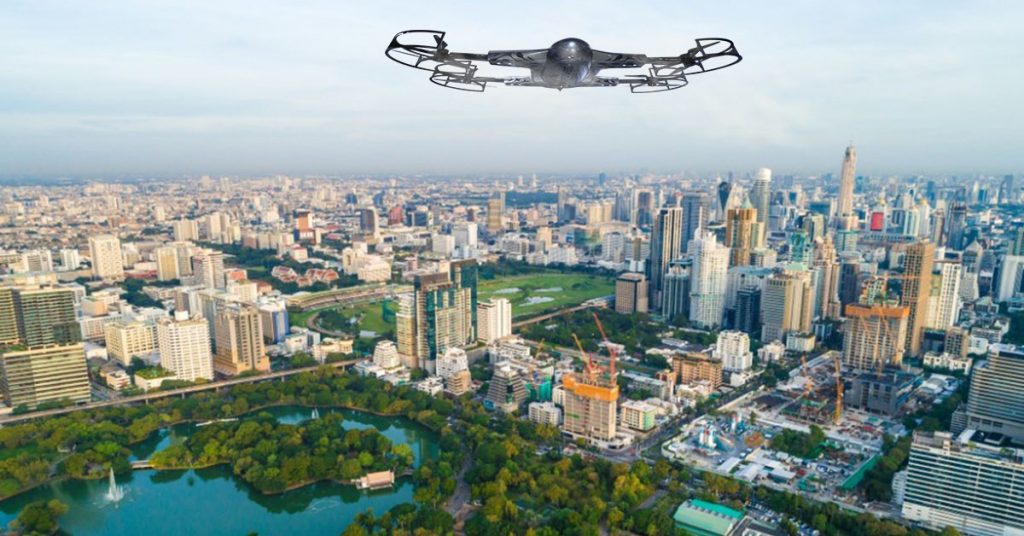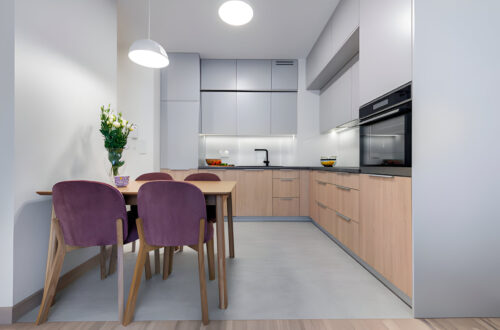In recent years, the real estate industry has embraced numerous technological advancements to streamline the buying process, and one of the most game-changing innovations has been drone technology. Today, real estate drone photography is revolutionizing the way buyers view properties, providing them with a fresh perspective that was previously unimaginable. Gone are the days when potential buyers had to rely solely on static photos and scheduled visits to understand the feel of a property. Now, drones offer dynamic, immersive virtual tours that bring properties to life.
In this blog, we will explore how drones are reshaping the real estate landscape by enhancing property presentations and delivering a highly engaging, visually rich experience to prospective buyers. Let’s dive into how this shift is impacting the industry.
The Rise of Drone Technology in Real Estate
Drones, or Unmanned Aerial Vehicles (UAVs), were once limited to military use or considered high-end gadgets for tech enthusiasts. However, advancements in drone technology and decreased costs have made them accessible across a wide range of industries. In real estate, drones have emerged as an essential tool for agents, developers, and marketers who want to showcase properties in an innovative way.
Why Drones?
Drone technology enables high-quality aerial photography and videography, allowing real estate professionals to capture sweeping views of properties, neighborhoods, and landscapes from a bird’s-eye view. Buyers can now experience a property’s entire scope, from its exterior details to its surroundings, providing a more accurate representation of what living there would truly be like.
The appeal of drone technology lies in its ability to provide a realistic, 360-degree view, helping buyers make more informed decisions and creating a seamless virtual property tour experience. As buyers shift toward making purchase decisions remotely, this has become especially critical in the current landscape.
Enhancing Visual Storytelling with Drones
One of the primary reasons for the growing popularity of real estate drone photography is its capacity to enhance the storytelling aspect of property marketing. Unlike traditional ground-level photography, drones can deliver cinematic-quality videos and photos that paint a fuller picture of a property’s dimensions, layout, and environment.
Dynamic Aerial Views
Drones allow agents to capture stunning, dynamic views of homes. For example, they can fly over large estates, giving a full overview of the property’s landscaping, or pan across nearby amenities such as parks, schools, and retail centers. These expansive aerial shots are not only visually impressive but also offer practical information about the property’s location in relation to key features of the neighborhood.
Interior Virtual Tours with a Unique Perspective
Drones are not just limited to capturing outdoor visuals. Modern drones, especially the smaller, more agile models, can easily glide through the interiors of homes, providing a seamless virtual tour experience. This allows potential buyers to see how rooms connect, the flow of the home’s layout, and get a true sense of space—all without ever stepping foot inside. With such detailed imagery, it becomes easier to visualize the experience of living there.
Comprehensive Property Presentation
Drones offer a comprehensive way of presenting properties that static photos or even 2D video tours can’t achieve. An aerial shot combined with an interior drone video offers a cohesive presentation, showcasing the entire property in one continuous narrative. This helps create an immersive experience that captures the viewer’s attention for longer periods.
Related Article: What is the most feared drone in the US? – xiaomisales
Improving Buyer Engagement
The ability to engage buyers is critical in a competitive real estate market, and drone photography helps agents stand out from the competition. Today’s homebuyers are looking for more than just basic information about a property; they want to be inspired and intrigued. By incorporating aerial and 3D virtual tours into listings, real estate professionals can capture the interest of potential buyers quickly.
Elevating Online Listings
In a world where online listings have become the first point of contact for most homebuyers, having captivating visuals is paramount. Properties that incorporate drone footage in their listings are more likely to stand out among dozens, if not hundreds, of other homes.
A well-executed drone video adds a level of professionalism and polish that static photos simply cannot match. Buyers tend to linger longer on such listings, often viewing the entire video, which increases the chances of generating interest. It’s a proven method for keeping listings from becoming lost in a sea of mundane photos.
Emotional Connection with Properties
Drone videos can also evoke emotions, helping buyers form a stronger connection with the property. The soaring visuals, the reveal of beautiful landscapes, or the transition between outdoor and indoor spaces can create a compelling narrative that invites buyers to imagine themselves in the home.
The Role of Drones in Virtual Reality (VR) and Augmented Reality (AR)
As drone technology becomes more sophisticated, it is blending seamlessly with emerging innovations like Virtual Reality (VR) and Augmented Reality (AR), making the home-buying process even more interactive.
Drone Videos and Virtual Reality
Imagine donning a VR headset and being able to walk through a property, experience its spaces, and view its surrounding environment as if you were physically there. This is made possible through the combination of real estate drone photography and VR technology.
Drone footage, when integrated into VR platforms, allows buyers to experience a property’s full potential without setting foot on site. This is particularly useful for international buyers, investors, or those relocating to a new city or country. The ability to virtually visit multiple homes in a short time frame makes the buying process more efficient and less stressful.
Augmented Reality: Layering Information Over Drone Footage
In addition to VR, AR is adding another layer to the drone footage experience. Imagine flying over a neighborhood and being able to see information pop up on the screen about each house, school, or nearby amenity. This technology, when used with drone videos, can help buyers visualize not only the property itself but also understand the surrounding infrastructure and community. It’s an immersive experience that could revolutionize how listings are presented.
Cost Efficiency and Time Savings
For real estate agents, using drones can also be a more cost-effective solution than hiring traditional photographers or videographers. With a drone, it’s possible to get all the necessary footage in one session, both aerial and indoor, which can save both time and money.
Time-Saving for Buyers
For buyers, the convenience of virtual drone tours is invaluable. Instead of traveling from one property to another for open houses or viewings, they can experience multiple homes in a fraction of the time from the comfort of their own homes. This is particularly advantageous in fast-moving markets where properties may not stay listed for long.
The Future of Real Estate Drone Photography
The future of drone technology in real estate looks incredibly promising. As the demand for virtual viewings grows, the integration of more sophisticated drones capable of capturing higher-quality footage will become the norm. The continued advancement of AI, VR, and AR will further blur the lines between virtual and physical property viewings, offering more engaging and efficient ways to explore real estate.
Conclusion
The adoption of real estate drone photography has opened up new avenues for both real estate professionals and buyers alike. By offering a unique and immersive way to experience properties, drones are transforming virtual property viewings, making the home-buying process more efficient and engaging. As the technology continues to evolve, drones will undoubtedly play an even larger role in shaping the future of real estate.





